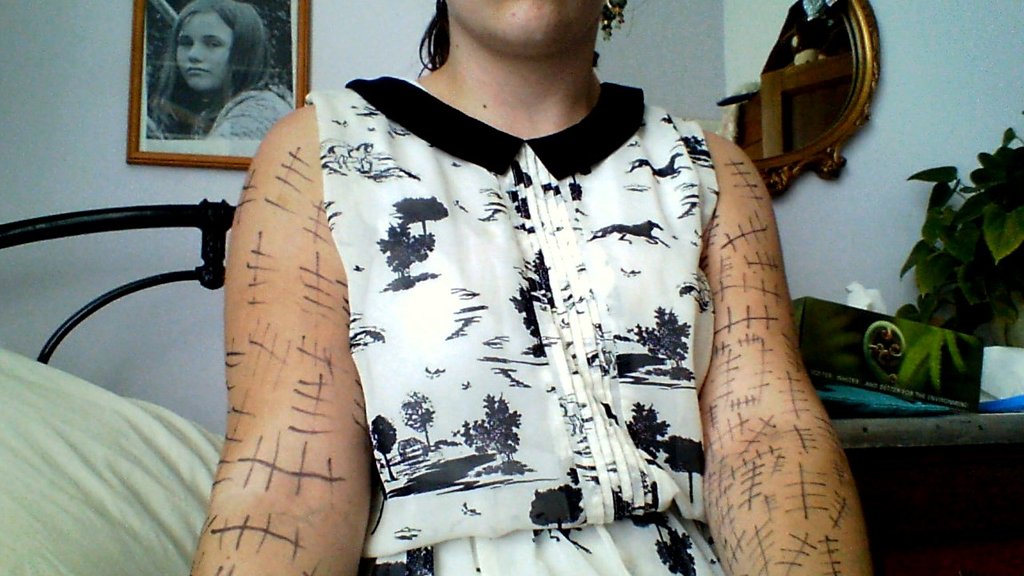Over the summer I began supervising a student for an independent study of BDSM and Kink communities. To begin, this student created a list of academic articles, books, and blog posts relevant to the question of study. I will be reading along with the student, and am currently making my way through the blogosphere. In doing so, I’ve been struck by the prevalence of “trigger warnings” attached to blog posts, many of which deal with safety, abuse, and rape culture. Many readers are probably familiar with the trigger warning. Posted in front of potentially upsetting content, the trigger warning gives potential readers a heads up about the nature of the text, sound, or images that follow.
It is perhaps unsurprising that trigger warnings are common among bloggers writing about rape, consent, and sex-positive encounters. These are sensitive topics and the authors (the ones that my student and I have been reading) come at these topics from a conscientiously critical feminist perspective. But what about all of those trigger warnings outside of this explicitly conscientious space? Although unscientific, I’ve noticed an abundance of trigger warnings throughout my Twitter and Facebook feeds as people share content with one another. The phenomena has even spread to higher education, with students and universities calling for the integration of trigger warnings into class syllabi (though this is not without critique). more...










